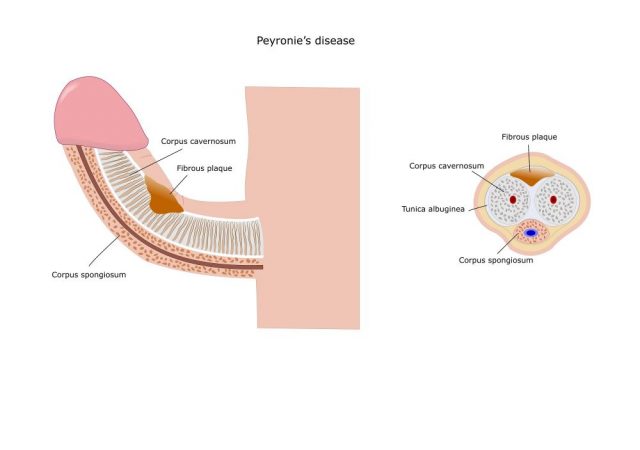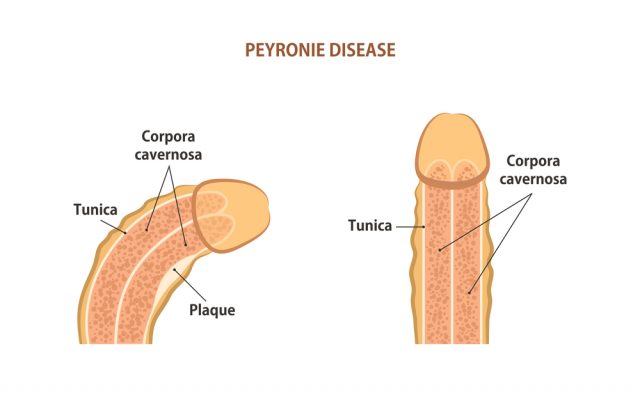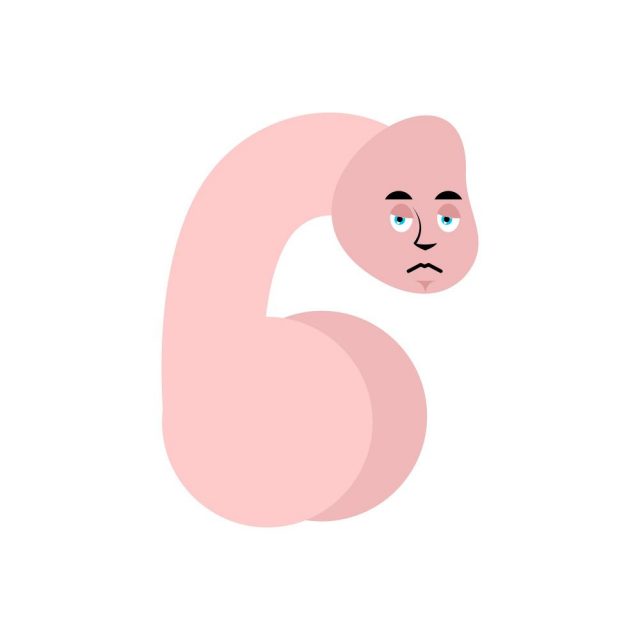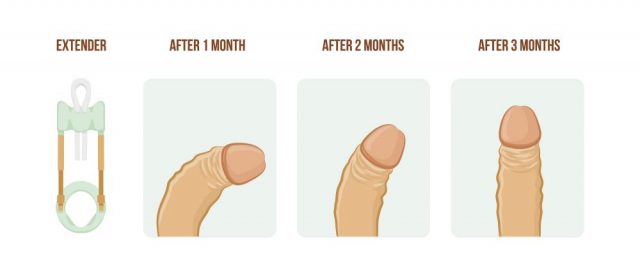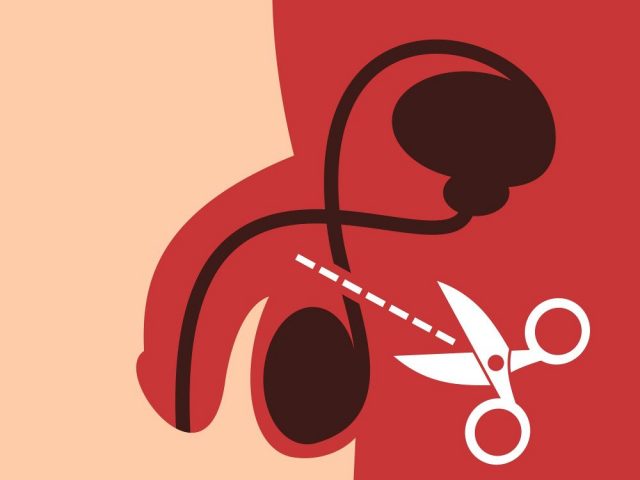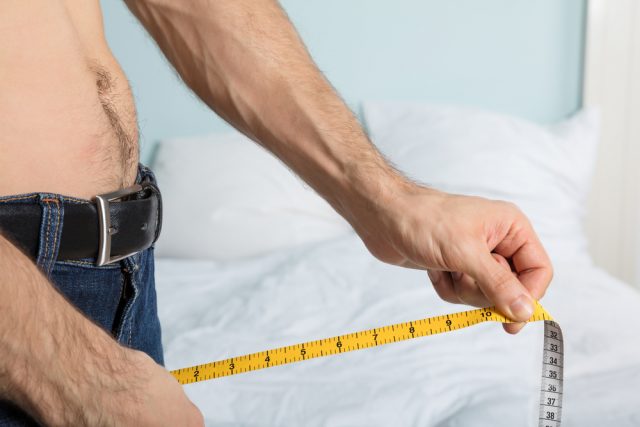Peyronie’s Disease
This disease is a disease that impacts the male penis. It will cause painful, and curved directions. There will be scar tissue that is fibrous which will grow inside of the penis. Although a curved penis is not a cause for concern for many men because penises can vary in size and shape, a curve that is quite significant or painful could be an indication that Peyronie’s disease is present.
When you have this condition, you might not be able to have sexual intercourse or intercourse could be quite painful. Another problem might be the fact that you can’t keep or maintain and an erection. The condition can also be a cause of a lot of anxiety for men as well as stress. In some cases, Peyronie’s disease may go away without any treatment. For the vast majority of individuals, some sort of treatment will need to be given to fix the penis curvature. This is usually the case if the curvature prevents the male from having sexual intercourse with his partner.
Peyronie’s Disease Cause
There is no one main Peyronie’s disease cause. One of the main causes of the disease is said to be a minor injury that occurs to the penis which we refer to as penile trauma. This type of damage can be caused by a vigorous sex acts such as bending of the penis during penetration of the female or if there’s pressure from the partners pubic bone. Other causes of the condition might be by accidents or some types of sports injuries. If there’s injury which occurs to the tunica albuginea, this could result in some form of scar tissue forming in the penile cells which is called fibrosis. This scar tissue well then form into plaque and Peyronie’s disease. This disease occurs because of the way the body heals wounds. The body tends to form scar tissue when it’s trying to heal a wound. This is one of the reasons why this disease occurs in the penis because the penis itself is trying to heal a wound that has occurred to it. The formation of the scar tissue is what causes the disease in the penis to progress towards Peyronie’s disease.
Not every man that has trauma occur to the penis is going to get this condition. Some researchers believe that environmental reasons or genetic reasons might be a cause of the plaque that forms on the penis. Some men that have connective tissue disorders like tympanosclerosis or Dupuytren’s contractures, may also get this disease. If a close family member has had this condition in the past, then this might be passed on to another male in the family and they could suffer from it. Other causes such as tobacco use, high blood sugar, past pelvic trauma, or wound healing problems. There’s no one at main factor which causes this condition.
There are usually two main stages of Peyronie’s disease. In the acute phase the penis is usually curved and there are problems with sexual intercourse. In the next phase called the chronic phase, the curvature is also present and there is also issues with sexual intercourse. In the chronic phase, the male may develop erectile dysfunction and be unable to have successful sexual intercourse. The acute phase of the condition will usually last between 6 to 18 months. During this period, there’s plaques that will form inside the penis. The curving or the bending of the penis tends to get worse and there may be penis pain when the penis becomes erect. Once it reaches the chronic phase the plaque inside the penis will stop growing as will the bending of the penis. If there is penis pain during an erection from the previous phase, this will usually end during this phase.
Symptoms
There are several main symptoms of this condition that you need to be aware of. If you feel any lumps or scar tissue underneath the skin of your penis, this could be an indication that you have this disease. We refer to the scar tissue as plaque and it is associated with Peyronie’s disease. This might feel like a band of hard tissue or it could be some sort of fat lump. If you have a large bend in your penis or it is curved upward to significantly you may have the condition. If the penis also bins to one side or downwards to a significant degree, you might have this problem. Another sign that you could have the condition is that the penis when it’s erect might appear narrow, have an hourglass appearance, or some sort of indentation in it.
If you suffer from severe erection problems this might be caused by the condition. Erectile dysfunction can be a common problem in males, but if this occurs all the time it might be an indication that you have the condition. If your penis appears to be getting shorter, this could be a result of an issue with Peyronie’s disease. If you also experience pain during your erection, this could also be caused by this problem. If you notice anything that is out of the ordinary with your penis, it’s best to speak to a position to determine if you have Peyronie’s disease.
Peyronie’s Disease and Vitamin E
One vitamin that is said to help this condition is vitamin E. Peyronie’s disease vitamin E can be administered, and the patient may have success in treating the condition. One study done in 1993 indicated that there was a 99% Improvement in pain issues. Another recent study took 70 men in Italy and enrol them in a study to see how Vitamin E treats this condition. They were given a verapamil injection, blueberries, topical diclofenac And vitamin E. to help dissolve plaque they were given the calcium channel blocker Verapamil. To treat inflammation and pain they were given the anti-inflammatory, nonsteroidal drug Diclofenac
The men in another group were given the same treatment but the vitamin D was taken out. Each group followed the program for a period of six months. The men were also given the International Index of Erectile Function or IIEF test. They also went through an evaluation for their pain threshold, and an ultrasound of their penis. The results of this study indicated that:
- In group one that had the vitamin E they had saw a reduction in the plaque size by 50.2%. in group 2 or the vitamin eat was taken out they saw a plaque reduction size of 35.8%.
- In group 1 they had higher IIEF scores
- In group 2 there was an increase in plaque size, but not in group 1
After the study, the authors indicated that Peyronie’s diseasevitamin E administration could help the progression of the disease. They indicated through their findings that using vitamin E could be a solid treatment option for Peyronie’s disease.
Peyronie’s Disease Cures
Well there’s no major Peyronie’s disease cures, there are several treatment options that can help individuals. Certain topical medications as well as oral medications can be administered which can reduce symptoms for the individual. Injection therapy has been known to help people that suffer from this condition. Other men may want to use a vacuum pump or a penis pump to help improve the condition of their penis. Penile extenders can be used to straighten the penis.
Other methods can include electrical shock wave therapy. Some surgical techniques, and iontophoresis. All men that suffer from this condition should seek treatment advice through their physician assistants the only way to determine the best treatment option for Peyronie’s disease.
Peyronie’s Disease Surgery
In some cases, the disease may be quite significant, and Peyronie’s disease surgery options may need to be looked at. The physician is going to look at the degree of the erectile dysfunction the male has and the type of curvature that is present before they make any sort of decision about surgery on the penis. some of the common surgery techniques and procedures include:
- Tunica Albuginea Plication – This area is thin and covers the corpora cavernosa tissue. This area is a spongy tissue of the penis which fills with blood when the male has an erection. in this area, plaque is present in the tunica albuginea When a male has the disease. The surgeon will straighten the male penis by folding portions of this area. They will then be stitches added which keeps the penis straight
- Plaque Incision and Grafting – When the condition is more severe there may be grafting, and plaque incision done. To make the penis straight, the surgeon will cut into the plaque and then we’ll fill the space left over with graft tissue. This graph tissue may come from an animal, another human, or another part of the patient’s body.
- Penile Prosthesis – another procedure that might be done is an implant. A male that had severe erectile dysfunction may want to have an implant, so they can have a sexual intercourse again. The corpora cavernosa Is taken out and then replaced with cylinders. This procedure will straighten the penis. A penile implant is inflatable and there will be a pump, and a reservoir of fluid placed in the male scrotum. When the male wants to get an erection, he will activate this pump and it will release fluid from the reservoir system to the cylinders. When the mail no longer wants an erection, the fluid will then go back into the reservoir.
It’s important to note that the surgeries may not always be successful. The male may lose some penis length, and then maybe more penile sensitivity lost. the male may also have issues with their erection. Surgery is usually done as a last resort if the disease is quite significant.
Exercises for Peyronie’s Disease
There are exercises for Peyronie’s Disease that can help the male. Please note that these exercises probably won’t cure issues with Peyronie’s disease as its best addressed by a qualified physician. One exercise that can help males who have this condition is to do some penis stretching exercises. The penis is stretched when it’s in a flaccid State. You want to grip the penis head and then you want to pull this away from your body gently. You want to stretch until you feel the pole at the base of the penis. You can do this for a few minutes each day. Please do this slowly and if you experience any sort of pain issues, see your doctor.
Another exercise which can be beneficial is called the curved jelq. If you apply a pressure to the curved penis side, it said that this can help a break up the plaque. It’s important to use lubricant when you do this. You want to take the thumb and the index finger and create the okay sign. you want to grip the penis base and then milk the penis from the bass up to the top. When you do the milking procedure you need to pull your penis in the opposite direction that the curvature is. Other exercises for Peyronie’s Disease include massage. It’s important to see your doctor before you do any sort of penis exercise because you might make your condition worse. Only a qualified physician can determine the extent of the disease and how it should be best treated.
Conclusion
Peyronie’s disease Is a disease which impacts the male penis. It can be treated by several different methods. It’s important to seek medical advice to determine the severity of the disease and how it should best be treated. It may improve somewhat on its own, but usually treatment needs to be given for the best results to occur.

